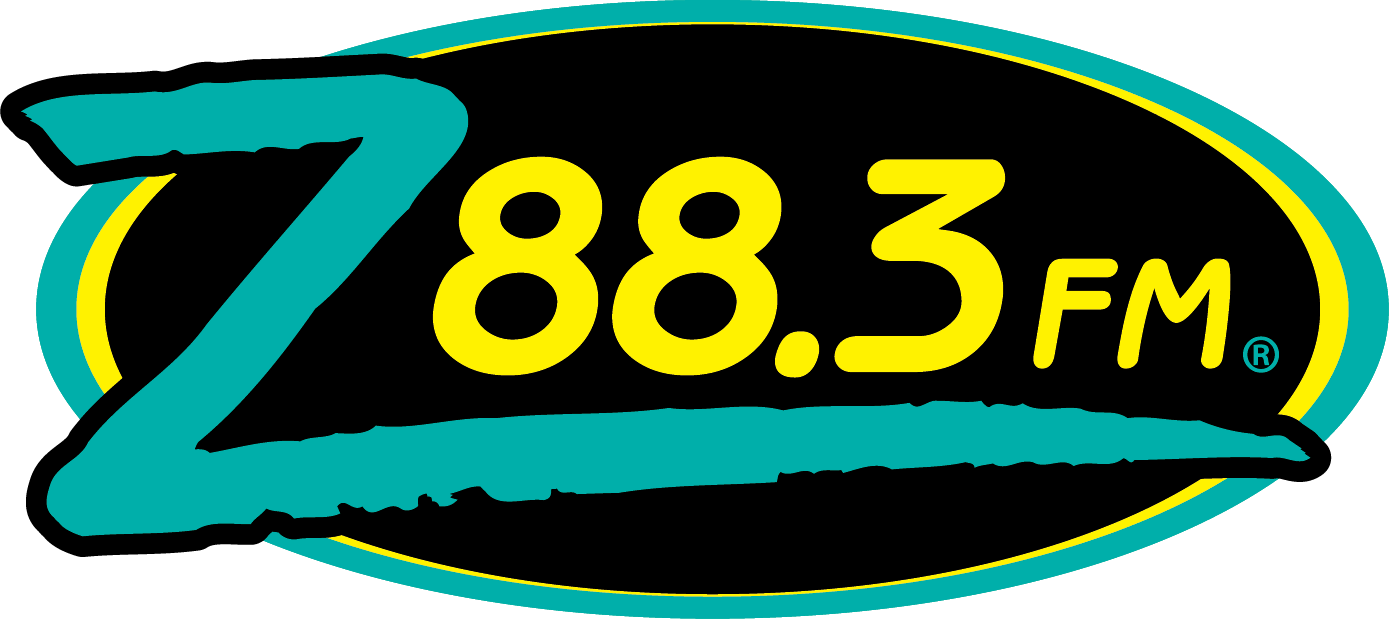By Dwight Bain, Nationally Certified Counselor & Certified Life Coach
Monster storms like Hurricanes, Tsunamis, Earthquakes, Tornadoes, Floods, Blizzards, Forest Fires and Mud Slides destroy more than communities- they destroy emotional security and stability in the lives of everyone impacted by these critical incidents, especially children. Equipping counselors with response techniques is essential so they can make a positive difference during the rebuilding process. Here are some key elements to know in serving children who have been emotionally traumatized by natural disasters.
How are children affected?
It depends on the age of the child. The younger the child, the more they look to their parents for emotional security and strength. If a parent is “shell-shocked” or psychologically “numb” and not able to manage their own emotions or responsibilities; the child feels even more pressure and becomes more confused and stressed. Remember, it’s normal to be overwhelmed by a major natural disaster, which is why it’s so important for caregivers to take care of themselves in order to effectively take care of children through the months of recovery and rebuilding after the storm.
Focus on the needs of Younger children by noticing what they are saying, drawing or doing to determine if they are feeling stressed from the storm. (Very small children may display developmentally inappropriate or delayed behavior which may require medical or psychiatric intervention). School age kidsneed to talk, draw or take positive action, (like kids who didn’t lose their homes hosting a lemonade stand to raise money for kids just like them who lost everything during the disaster). If you give them something to do to help, they can take positive action and sort through their emotions immediately.
High school age kids may try to act “cool”, yet are often more scared about the changes and losses than any other group. They may need to experience a bit more “reality” at times to open up their ability to talk about what is happening around them. If the situation is stable enough, older teens can help in neighborhood clean up, which connects them to others in the important task of rebuilding after the storm. Another approach is to see if they are willing to talk with peers, siblings or family members, to build confidence in expressing their stressful emotions to others.
Be alert for dramatic changes in behavior, such as a ‘happy-go-lucky’ child before the storm who now continually watches world disasters on the news. Focus on any dramatic shifts in personality. Watch for major changes in sleep, dietary or appetite patterns, school performance, peer relations and so on. If you see major changes, seek professional assessment with a pediatrician, child behavioral specialist or psychologist. (See a full list of warning signs at www.StormStress.com).
What are some ways to help kids talk about storm stress?
Reach out to children on whichever level is most likely to connect. Talking, writing, drawing, even making up a song or puppet show about the impact of the disaster will lighten someone’s emotional pain by watching or talking about their experience. Some families use newspapers as a discussion starter, since talking about any crisis event can help kids gain confidence to move from the panic of survival to move toward building strength after the storm.
Are there “hidden media dangers” that make storm stress worse?
Media overexposure is dangerous to kids, so avoid this by limiting TV news updates. Children or adults have experienced media overexposure when they show a depressed mood; or by going “numb” to normal emotions associated with stressful events, (e.g. no compassion or inappropriate laughter). Carefully sort through media outlets-like TV, Internet, radio or newspapers, to screen out stressful or inappropriate content that would be depressing to a child. Set boundaries during the rebuilding process to protect them from additional stress in media, since it is important to protect the safety of their home and minds by managing media exposure.
Watching catastrophic problems in other parts of the world causes more stress in an already stressful situation because you don’t have the power to control the very sad stories caused by these disasters. That’s why it is wise to move from negatives to positives images during highly publicized disasters like Hurricane Katrina. Parents should sit down and discuss the impact of media and create limits on any stressful images that might further stress their children. Some families without electricity discovered that not having the distractions of Internet, cable television or loud music playing in their homes allowed them to reconnect as a family on many levels. Openly discuss these issues so that home becomes a more positive place with more energy to mange the stress from this disaster without making things harder from the hidden stress of media overexposure.
Is it okay to talk about what happened to our family with others?
Silence is not golden in a critical incident, it’s dangerous. One of the best things to help yourself as well as others is to tell your story. Talk about where you were when the storm hit. Use this same technique to help kids talk about how they made it through the natural disaster, then add the powerful element of sensory recall by asking about what the storm sounded like, smelled like, looked like, felt like or even tasted like! Listening to the stories of others who survived brings emotional recovery faster.
This is important for everyone involved, kids, grandparents, Mom, dads, employees, employers, firefighters, police officers, nurses, teachers, students and on and on. Everyone has a story about how they survived the killer storm and telling it helps them heal while giving others a chance to connect to family, neighbors and coworkers in a powerful way. Also, ask others, including pastors, or people helpers like counselors and nurses since many times these professionals are so busy reaching out to meet the needs of others, they neglect to take time to deal with the storm stress in their own life.
It’s normal to be tired, worn out and stressed after a natural disaster however it’s not okay to ignore caring for your own needs as a counselor. Anyone impacted by natural disasters may need to change their schedules for a while in order to take care of their own mental health. Helping kids is important, however if your caregiver tank is empty, let someone else help until your strength comes back. That’s best for you and those you care about since it prevents the psychological burnout caused by Storm Stress.
Reprint Permission- If this article was helpful you are invited to share it electronically or in print with your own list at work or church, forward it to friends and family or post it on your own site or blog. Just leave it intact and do not alter it in any way. Please include the following paragraph in your reprint and thanks for helping us to help others by spreading the word. “Reprinted with permission from the LifeWorks Group, www.LifeWorksGroup.org eNews (Copyright, 2004-2008, by the LifeWorks Group)”
About the author– Dwight Bain is dedicated to helping people achieve greater results. He is a Nationally Certified Counselor, Certified Life Coach and Certified Family Law Mediator in practice since 1984 with a primary focus on solving crisis events and managing major change. He is a member of the National Speakers Association and partners with media, major corporations and non-profit organizations to make a positive difference in our culture. Access more counseling and coaching resources designed to save you time by solving stressful situations by visiting his counseling blog with almost 200 complimentary articles and special reports at www.LifeWorksGroup.org

